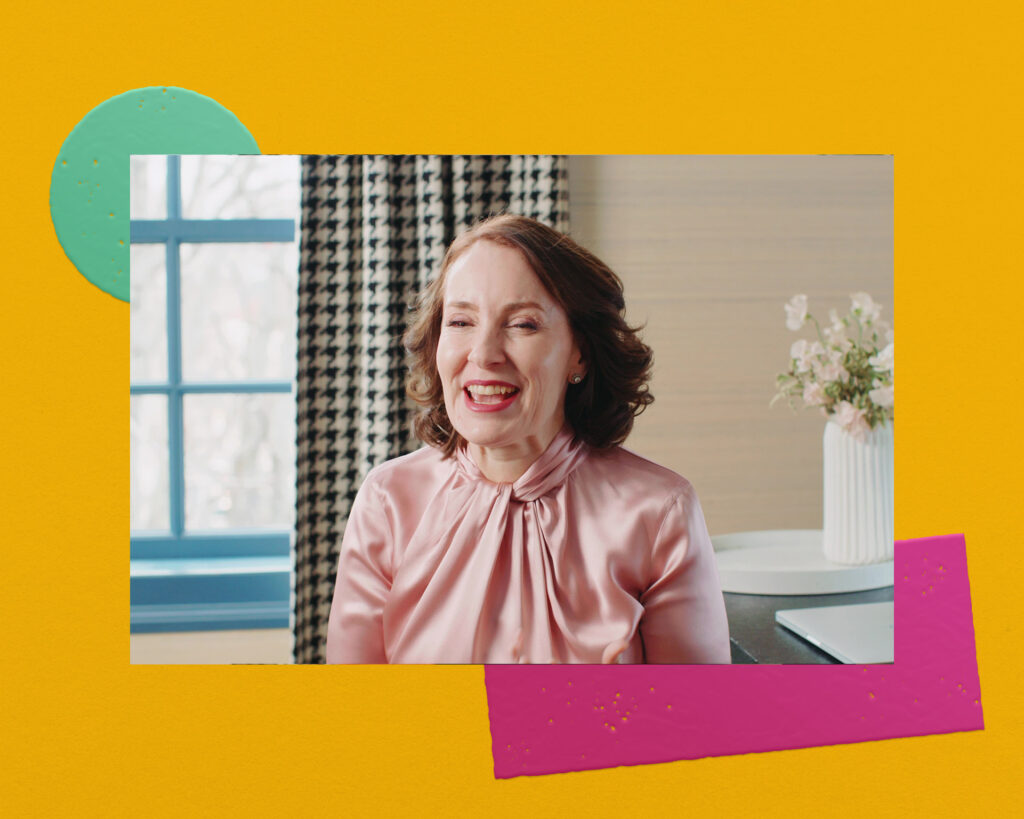I’ve previously talked about how practicing mindfulness improves connectivity inside the brain’s networks that keeps us from being distracted. (But, it’s still not a silver bullet solution.)
The term ‘mindfulness’ has become such a buzzword, especially in business circles, that there’s now a bit of a backlash. Or there is confusion because of the flowery language that sometimes accompanies explanations of it.
That’s why it may be easier to understand what mindfulness is really all about by first looking at its opposite: mindlessness.

Mindlessness so easily leads us down the path of getting hooked. It’s the state of unawareness and autopilot. You’re not really present. Instead you’re relying too heavily on rigid rules or shopworn distinctions that haven’t been thought through or that don’t serve you. Stereotypes about others are the most obvious type of autopilot rule, but beliefs about ourselves – “I’m not creative.” or “I’m too old to dance.” or “I am undeserving of love.” – are another example.
It’s mindfulness that allows you to notice your feelings and thoughts rather than be entangled in them. When you’re mindful of your anger, you can observe it with greater sensitivity, focus, and emotional clarity, perhaps discovering where the anger is actually coming from. You might even discover that your “anger” is really sadness or fear.
Mindfulness guides us to become more emotionally agile by allowing us to observe the thinker having the thoughts.
Simply paying attention brings the self out of the shadows. It creates the space between thought and action that we need to ensure we’re acting with volition, rather than simply out of habit.
Emotional agility means having any number of troubling thoughts or emotions and still managing to act in a way that serves how you most want to live. That’s what it means to step out and off the hook.






 Take the Quiz
Take the Quiz